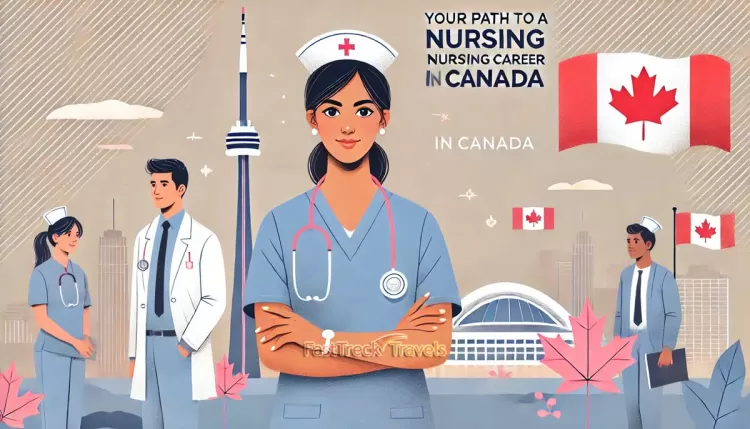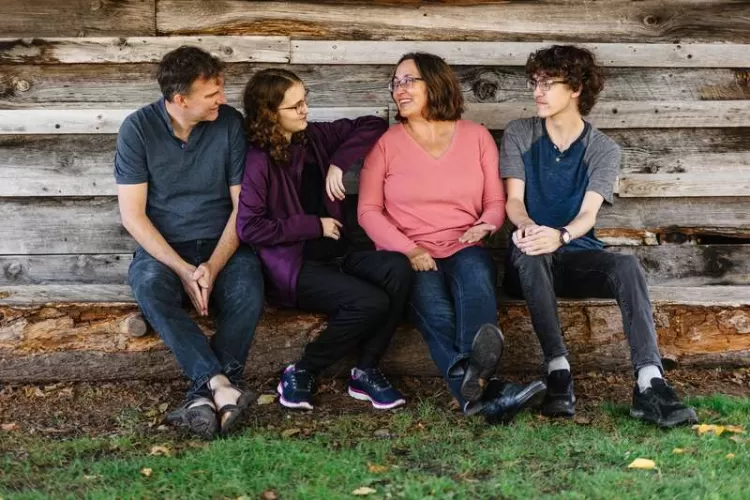Expanded public space and amenities, stacked streets: Strategies for humane living in crowded cities
Can more compact cities also mean lower operating and living costs without a compromise on standards of living?


Cities are about sharing. In a city we share schools and colleges and specialized training institutions. We share medical facilities and specialized hospitals. We share school and college playgrounds, pocket parks, larger public gardens and football or cricket stadia. We share theatres and concert halls and places for public gatherings. We share museums, we share a zoo.
We also share the hardware of a city: its water supply, its sewage treatment and disposal system, its transport network. All these shared physical and social amenities require land, which for each amenity cannot fall below a certain minimum area if there is to be no loss in quality of service.
The larger the city the more the things we can share. We also have a larger choice of jobs. That is why our cities have been getting larger and larger. The larger the city the more compact it needs to be if it is to continue functioning well, without loss of the quality of life that brought people to it in the first place.
To many of us high-rise development seems undesirable for a variety of reasons. Chiefly of course it is the loss of human scale that is discomfiting. Small buildings seem cosier and...



































![Safari Thorium Neo 8-Wheel Luggage Set Trolley Bags (Set of 3) at just Rs. 5,599 [MRP 29,100]](https://savefree.in/uploads/images/202409/image_870x580_66f63845060f0.webp?#)












![Handmade Brown Mango Wood Chopping Board At just Rs. 89 [MRP 599]](http://savefree.in/uploads/images/202303/image_870x580_641bf7e9c2206.jpg?#)


